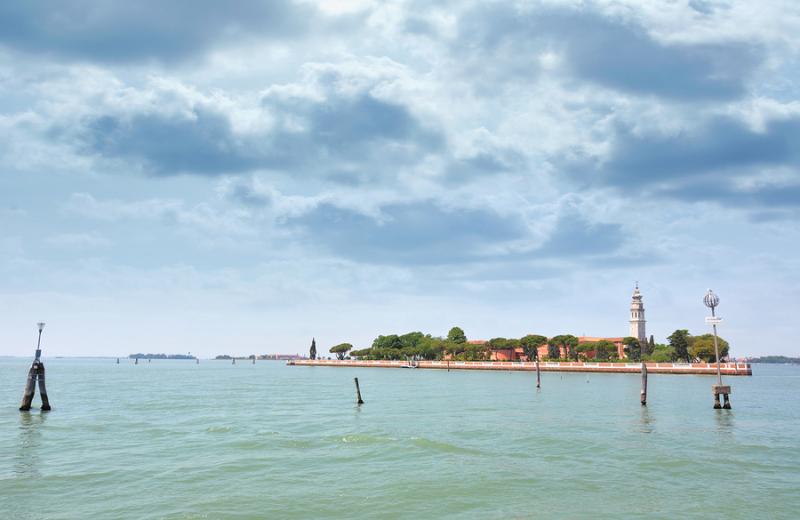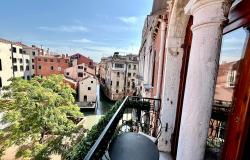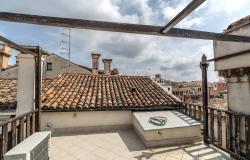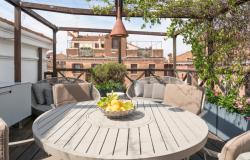What do Lord Byron, the Armenians, a leper colony and Venice have in common?
The answer is the tiny island of San Lazzaro degli Armeni in the Venetian Lagoon.
It all came about following years of persecution when the Mekhitarist monks sought a place of safety after fleeing Constantinople. In 1717 the pope asked the Republic of Venice to grant the monks the island of San Lazzaro, a former leper colony, and for the following century it was the only centre in the world which held the heritage of the Armenian people.
Over the years the group of monks reclaimed land from the sea so that it is now square-shaped and four times the original area, but still a very small island, which can be visited, but only on certain days of the week.
The number 20 vaporetto leaves from San Zaccaria and calls there, after the island of San Servolo, so if you want to visit San Lazzaro you need to catch the mid-afternoon boat which coincides with the guided tour on selected days of the week. (Check the notice at the vaporetto stop.).
At the monastery entrance a monk awaits to give a guided tour in Armenian. Fortunately for the rest of us there are also tours in Italian and English. (€10) It seems to be off the tourist trail, hardly visited. When I was there at the height of the summer season, there were only 10 in our English-speaking group, and about the same number in the other two.
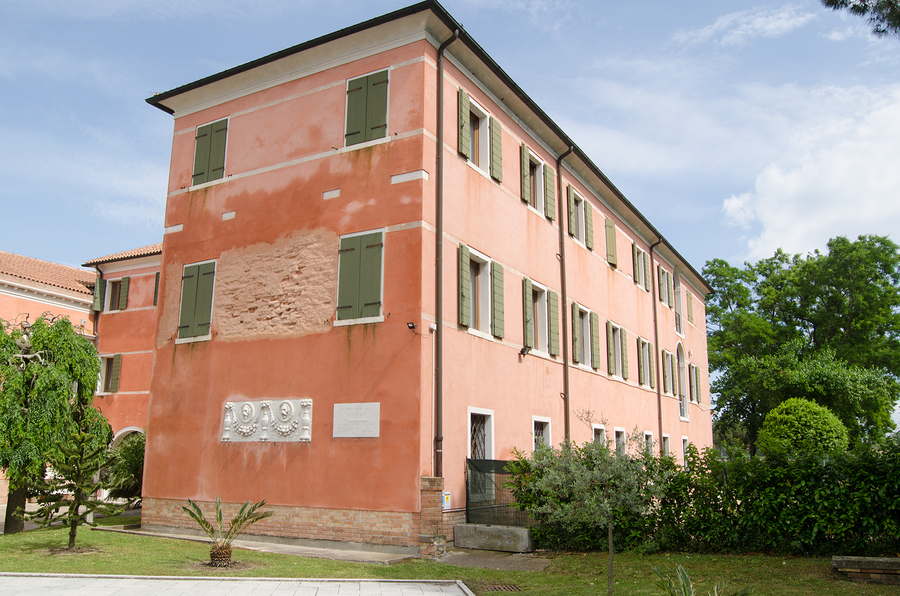
Most of us find it difficult to place Armenia on a map. It is a small country bordered by Turkey to the west, Georgia to the north, and Azerbaijan. There are more Armenians scattered around the world (11 million) than in their own country (3 million) with the result that this monastery has become a focal point for the people to bestow their treasures. They have been persecuted over the centuries, including the systematic extermination of 1.5 million Armenians (1915-1917), mostly citizens within the Ottoman Empire. There was also a devastating earthquake in 1988 which killed half a million, yet they remain a proud and well educated people. There are rooms and corridors full of assorted priceless donated artefacts as well as a library of 200,000 books, including the first Armenian dictionary, and a fabulous collection of ancient manuscripts in a purpose-built air conditioned room.
The island is well known in academic circles having become famous for its polyglot printing press, established in 1789. The equally famous printing house, which these days confines itself to materials for the Armenian congregation, has now moved to the Punta Sabbioni, although the original printing presses are still kept on the island.
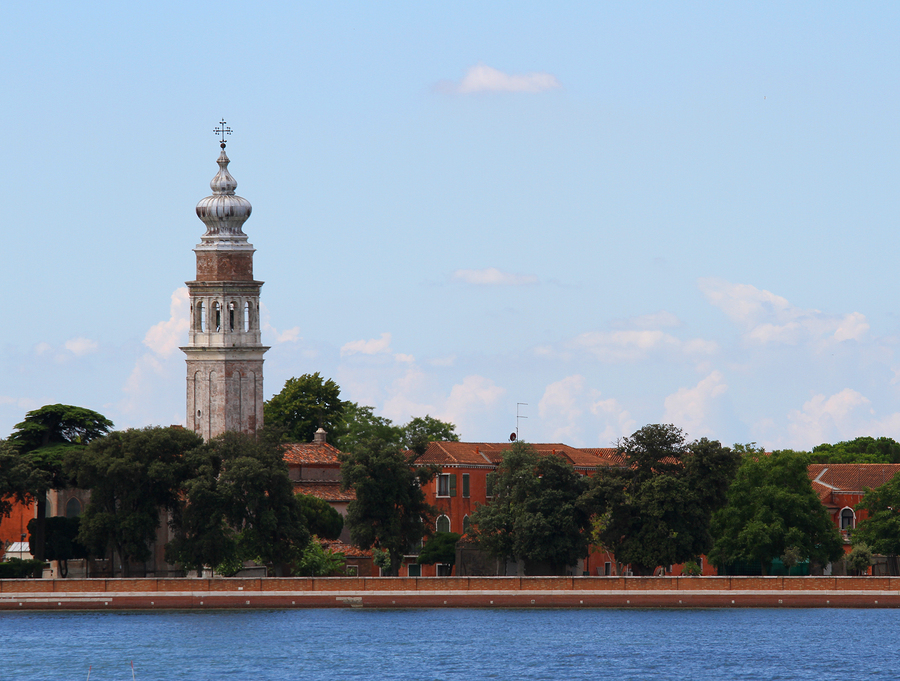
Like this article? Don't miss "A Jewel of the Venetian Lagoon: Burano."
Outside the monastery entrance is a 14th century cross and a plaque commemorating Lord Byron, described as a friend of the Armenian people. Byron, (‘mad, bad and dangerous to know’) became interested in the Armenian language and culture as a way to combat his boredom. When he wasn’t being bad – womanising – he spent time on the island, often swimming there from his home on the Grand Canal. In only 6 months he taught himself the language and began translating books, eventually helping to produce the first English-Armenian dictionary and grammar. The Byron Room, where his portrait hangs, contains many of the books from his personal collection, as well as other treasures like an Egyptian mummy, the finest preserved example outside Egypt, and a rare Indian throne.

At the entrance to the Byron Room there’s a bust of Napoleon’s son (portrayed as a young John the Baptist) sculpted by Canova.
In the vestibule of the library is a lovely ceiling fresco by Giambattista Tiepolo called Peace and Justice, and a fine small collection of antiquities, including an amazingly intricate carved piece of ivory. There are Roman artefacts, pottery, glassware, and other curiosities. The library has frescoes by Zugno, carved wooden cupboards and some Murano glass. Half of the library was recently damaged by fire, and has not been restored. A walkway leads from the library to the specially built Rotunda built in 1967 to house the remarkable collection of some 5,000 Armenian manuscripts. Some are on display, including the oldest known document (852) and an Evangelistery by Sarkis Pizak from 1331.
The monks eat in silence in the refectory below a painting of The Last Supper whilst a novice reads from the Armenian bible standing in a wooden pulpit above the door. Apparently if he makes a mistake he must continue this service for several more days before changing places. The monastic order was lucky to survive Napoleon’s purge when he abolished all of Venice’s monasteries in 1810, appropriating many of their treasures and melting down bells for weapons. He left this community in peace, probably because his bodyguard was Armenian.
The monastery buildings include a church and a distinctive campanile with an oriental cupola, and an attractive cloister containing archaeological fragments and a 15th century well. The gardens are beautifully kept, though sadly there’s no sign of the small flock of sheep which used to keep the lawns perfectly trimmed.

The island of San Lazzaro Degli Armeni is a quiet serene place to escape from the crowds of Venice only 20 minutes away, and it is an amazing repository for the best of man’s achievements through the centuries. If it attracted the disreputable Lord Byron, it will certainly attract the discriminating readers of Italy Magazine!
